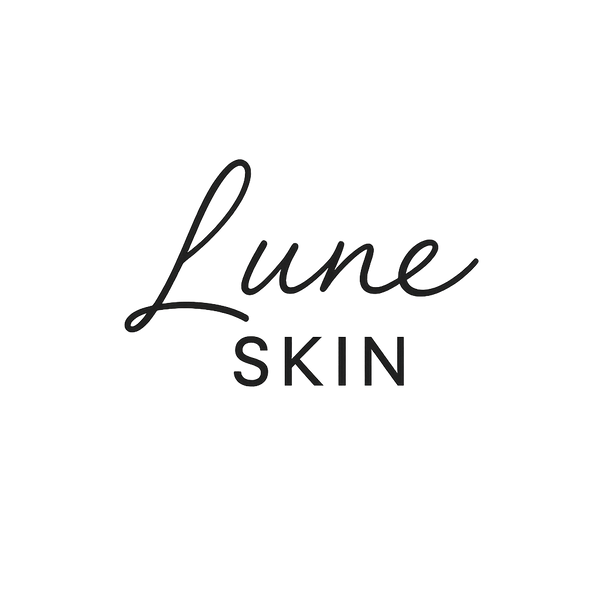
Base Makeup & Foundation: Finding the Perfect Match for Your Skin
Share
Base makeup is the foundation of any great beauty routine—both literally and figuratively. It sets the tone for the rest of your look, enhances your natural skin, and provides a flawless canvas for color cosmetics. Among all base products, foundation plays the most essential role in balancing skin tone, covering imperfections, and achieving your desired finish. In this guide, we’ll explore how to choose, apply, and maximize foundation for every skin type and occasion.
Why Base Makeup Matters
A well-matched base evens out your complexion, enhances glow, and improves the longevity of your entire makeup look. When your base makeup works harmoniously with your skin type and tone, it boosts confidence while appearing effortlessly natural.
Types of Foundations and Their Benefits
Liquid Foundation is the most versatile and popular. It ranges from sheer to full coverage and comes in dewy, natural, or matte finishes. Ideal for customizing your desired level of coverage and blending easily with tools or fingers.
Cream Foundation offers rich coverage and a smooth finish, making it a favorite for dry or mature skin. It’s often housed in compacts and provides buildable intensity.
Powder Foundation is great for oily or combination skin types. It provides a matte finish and light to medium coverage, perfect for touch-ups or humid climates.
Stick Foundation is portable and easy to use. It offers targeted application with solid, creamy consistency—ideal for contouring or on-the-go fixes.
Cushion Foundation blends skincare and makeup benefits. It’s popular for its lightweight texture, luminous finish, and SPF protection, often favored in Korean beauty routines.
Choosing the Right Foundation for Your Skin Type
For dry or sensitive skin, opt for hydrating foundations with ingredients like hyaluronic acid. Look for dewy or satin finishes that won’t cling to dry patches.
For oily or acne-prone skin, go with oil-free or matte foundations that control shine and reduce the appearance of pores. Non-comedogenic formulas are a must.
For combination skin, choose balancing formulas or layer a mattifying base with a hydrating setting spray to address both dry and oily zones.
For mature skin, use foundations with light-reflecting particles and moisturizing ingredients that minimize the look of fine lines.
Matching Your Foundation Shade Correctly
The key to a natural-looking base is choosing the right shade and undertone. Test shades along your jawline and observe the match in natural light. Undertones can be:
-
Warm (yellow, golden, peachy)
-
Cool (pink, red, bluish)
-
Neutral (balanced mix of warm and cool)
Many brands now offer inclusive shade ranges and undertone guides. When in doubt, go for neutral tones or blend two shades for a custom match.
Application Tips for a Flawless Base
Start with a clean, moisturized face and apply a primer suited to your skin’s needs (hydrating, smoothing, mattifying). Use tools like beauty sponges for a dewy finish, brushes for airbrushed coverage, or fingers for quick, light blending.
Apply foundation from the center of your face outward, building up coverage only where needed. Use a setting powder on oily areas or a setting spray for a natural glow and long-lasting wear.
Foundation and SPF: A Daily Essential
For everyday wear, foundations with built-in SPF offer additional sun protection. Look for formulas labeled broad-spectrum SPF 30 or higher for adequate defense.
However, SPF in foundation should supplement, not replace, your daily sunscreen. Apply sunscreen first and let it absorb before layering foundation.

Clean and Ethical Choices in Base Makeup
More brands are now offering cruelty-free, vegan, and clean foundation options. These formulas avoid animal testing and often exclude harsh chemicals, making them suitable for sensitive or conscious consumers.
Check for certifications like Leaping Bunny, PETA-approved, or EWG-verified to ensure transparency.
Final Thoughts
Choosing the right base makeup and foundation is a personal journey. Your skin type, lifestyle, and preferences all play a role in what works best. With the right product, application technique, and skincare prep, you can achieve a radiant, smooth complexion that looks like your skin—only better.

